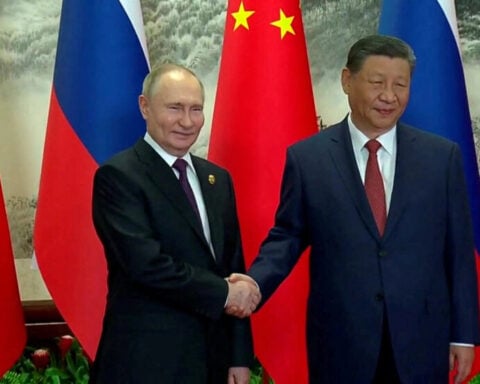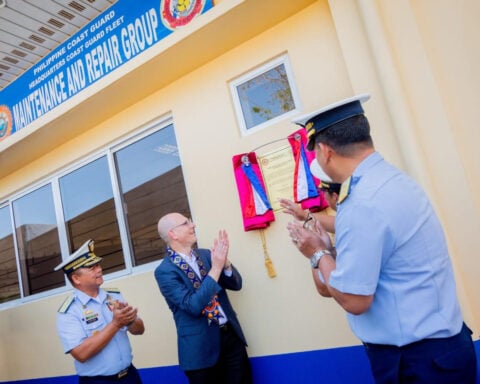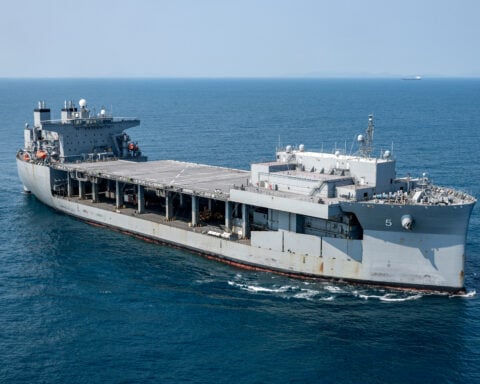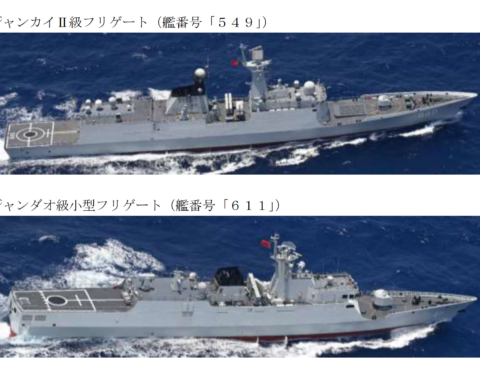The following is the Dec. 21, 2022, Congressional Research Service In Focus report, China Primer: The People’s Liberation Army (PLA).
From the report
Overview
The People’s Liberation Army (PLA) is the military arm of the People’s Republic of China’s (PRC’ or China’s) ruling Communist Party. Since 2018, the U.S. Department of Defense (DOD) has referred to China as the “pacing” threat or challenge for the U.S. military. DOD reported in November 2022 that China’s leaders aim to use the PLA, in part, to “restrict the United States from having a presence in China’s immediate periphery and limit U.S. access in the broader Indo-Pacific region.” Members of Congress have responded in part by focusing on resourcing and conducting oversight of U.S.-China security competition.
PLA Organization
Established in 1927, the PLA predates the founding of the PRC in 1949. The PLA encompasses four services: the PLA Army, PLA Navy, PLA Air Force, and PLA Rocket Force, as well as two sub-service forces, the Strategic Support Force, and the Joint Logistics Support Force. The Communist Party oversees these forces through its Central Military Commission, which in some respects is akin to the U.S. Joint Chiefs of Staff. This Commission also oversees a paramilitary force, the People’s Armed Police (which includes the China Coast Guard), and China’s militia forces. Xi Jinping, who serves concurrently as Communist Party general secretary and PRC president, also has chaired the Commission—which currently has six other members—since 2012.
In 2015, Xi publicly launched the most ambitious reform and reorganization of the PLA since the 1950s. This overhaul had two overarching objectives: reshaping and improving the PLA’s structure to enable joint operations among the services and ensuring PLA loyalty to the Party and Xi. Seven years on, the PLA continues to fine-tune and institutionalize these sweeping changes.
China’s Military Strategy and Goals
The stated goal of China’s national defense policy is to safeguard the country’s sovereignty, security, and development interests. The concept of “active defense”—the defining characteristic of PRC military strategy since 1949—prescribes how China can use defensive and offensive operations and tactics to achieve these goals in the face of a militarily superior adversary.
Authoritative PRC sources indicate China’s military strategy focuses primarily on preparing for a conflict involving the United States over Taiwan—the self-ruled island of 23 million people off the coast of mainland China over which the PRC claims sovereignty. (See CRS In Focus IF10275, Taiwan: Political and Security Issues, for a discussion of U.S. interests related to Taiwan’s security.) The PLA also focuses on defending and advancing China’s territorial claims over disputed areas in the South China Sea and East China Sea, and along the China-India border. As China’s economic and diplomatic interests have expanded beyond its immediate periphery, PRC leaders have tasked the PLA with global missions such as distant sea lane protection and United Nations peacekeeping operations. The PLA established its sole overseas military base in Djibouti in 2017. Some analysts assess that it will be the first of several.
PLA Modernization and Key Capabilities
Since 1978, China has engaged in a sustained and broad effort to transform the PLA from an infantry-heavy, low-technology, ground forces-centric military into a leaner, more networked, high-technology force with an emphasis on joint operations and power projection. Xi has set the goal of transforming the PLA into a “world-class” force by 2049, the 100th anniversary of the PRC’s founding and the year by which Xi has stated he aims to achieve “the great rejuvenation of the Chinese nation.”
A guiding principle of PLA modernization and strategy since the mid-2000s has been the concept of “informatization,” or the application of advanced information technology across all aspects of warfare. Reflecting widely-held expectations that artificial intelligence and related technologies will have a transformational effect on warfare, China’s leaders more recently have called for the “intelligentization” of the PLA.
The PLA is expanding its operational reach, strengthening its ability to conduct joint operations, and fielding increasingly modern weapons systems. Key features of PLA modernization include:
- An approximately 340-ship navy that includes modern and advanced platforms such as submarines, aircraft carriers, and large multi-mission surface vessels, giving China the ability to conduct naval combat operations in its immediate periphery and sustained non-combat operations further afield.
- Air forces increasingly capable of conducting joint and over-water missions, featuring a fighter fleet with several hundred fourth-generation fighter aircraft and growing numbers of fifth-generation fighters (China and the United States are the only countries to have developed fifth-generation stealth fighters).
- A conventional missile force designed to enable China to deter or defeat third-party intervention in a regional military conflict, featuring at least 1,900 missiles, including approximately 300 intercontinental ballistic missiles, missiles armed with hypersonic glide vehicles, and anti-ship ballistic missiles designed to target adversary surface ships.
Download the document here.





